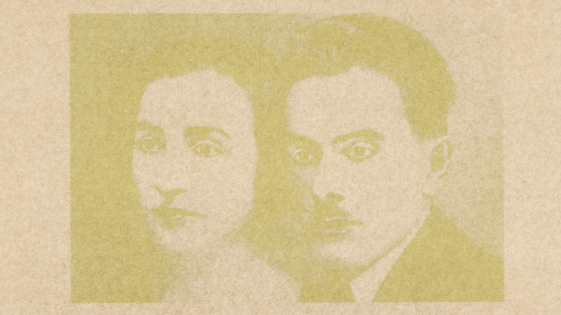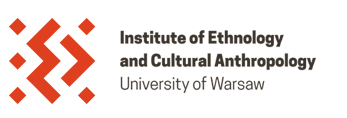The Landscape of our Memory

The Landscape of our Memory is a long-term artistic project, run by Gabriela Bulisova and Mark Isaac - independent visual artists from Washington, D.C. who are currently in Poland for ten months under the auspices of the Fulbright Scholar Program. The project that addresses the “dispersed Holocaust” or “Holocaust by Bullets” by commemorating individuals who are buried in mass grave sites in Central Europe is currently in progress. Inspired by the work of academics studying the Environmental History of the Holocaust, the artists also explore the links between genocide and ecocide and call attention to the environmental crises we currently face, including climate change.
The duo is creating portraits of individuals murdered during the dispersed Holocaust using the antique “anthotype” technique, in which photographs are created from plant material. Because they gather plant material from the specific site where the bodies of the murdered individuals lie, the photograph likely contains something of his or her remains. The physical trace of these individuals restores their humanity and avoids consigning them to the status of faceless statistics.
In order to ensure proper memorialization of those for whom a photograph does not exist, the artists are also working with the concept of “witness trees” or “trees as living memorials” to Holocaust atrocities. Their work expands that concept to include trees that are witnesses to severe environmental damage, including the climate crisis. As the project progresses, they will also use video projection, sound, and other strategies to call attention to the links between genocide and ecocide, the contemporary threat both pose in Ukraine and elsewhere, and the importance of preventing them in the future.
More about the authors:
Gabriela Bulišová and Mark Isaac are artists and multimedia storytellers who collaborate on intimate projects designed to bridge the gap between fine art and documentary practices. Their work includes photography, video, writing and music focused on socially conscious issues such as environmental protection, diversity, memory, and reconciliation. Currently, the duo is creating an artistic project in Central Europe on the “dispersed Holocaust.” The full project also explores the “environmental history of the Holocaust” and the relationship between genocide and ecocide.
In 2021-2022, the pair worked in the Czech Republic and Cyprus to create “A Tree for the Forest,” a project focused on the role of trees in the climate crisis. In 2018-19, they produced “The Second Fire,” a multimedia exploration of the environmental threats facing Lake Baikal in Siberia. In 2017-18, they worked in Southern Ukraine on a documentary film, God’s River, highlighting the unique coalition fighting against environmental threats to the Southern Bug River. Over the past seven years they also produced “Amoris Monumentum,” a project that focuses on love, loss, and memory by showcasing the fading, distressed photographs to be found in European and Siberian cemeteries.
The duo both received an MFA in Photography and Digital Imaging from the Maryland Institute College of Art in Baltimore, MD. Bulišová’s numerous awards include two Fulbright Scholar Grants, the National Press Photographers Association’s Short Grant, the Sondheim Prize, and Open Society’s Moving Walls. She taught photojournalism at the Corcoran College of Art and Design in Washington, DC. Isaac has also received two Fulbright grants, was a semifinalist for the Sondheim Prize, and was named a notable emerging photographer by FotoDC.
Their work has been exhibited in Canada, Cyprus, Finland, Great Britain, Siberia, Slovakia, South Korea, the United States, and Ukraine. Their photographs, video, and writing have also been published by The Daily Beast, Politico, Smithsonian Magazine, National Geographic, ORF (Austrian television), Getty Images, Narratively and others.


